Cucumbers, with their refreshing crunch and high water content, are a beloved addition to salads, sandwiches, and beverages. However, their delicate nature makes them prone to spoilage, often leading to waste if not stored properly. Preserving cucumbers extends their shelf life, ensures year-round availability, and allows home cooks to enjoy their flavor in various dishes. This article explores science-backed techniques to keep cucumbers fresh, from traditional pickling to modern freezing methods, ensuring every slice retains its texture and taste.
Refrigeration: The Basics of Cold Storage
Refrigeration is the simplest way to delay cucumber spoilage. Cucumbers thrive in cool environments, ideally between 50–55°F (10–13°C), slightly warmer than a typical refrigerator. To optimize storage:
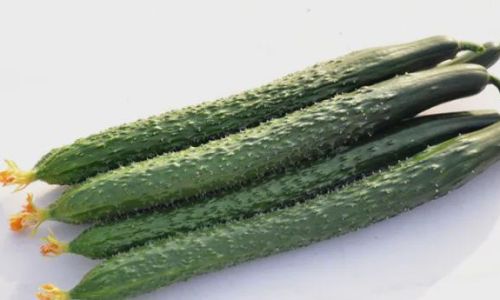
- Avoid Moisture Buildup: Store cucumbers unwashed in a breathable container, such as a paper bag or perforated plastic wrap. Excess moisture accelerates decay.
- Separate from Ethylene-Producing Fruits: Cucumbers are sensitive to ethylene, a gas emitted by fruits like tomatoes and bananas. Keep them in a separate crisper drawer.
- Check Shelf Life: Whole cucumbers last 7–10 days in the fridge, while sliced ones deteriorate within 3–5 days. Use sliced cucumbers promptly or apply preservation methods like vinegar soaks.
Pickling: The Art of Acid Preservation
Pickling involves submerging cucumbers in an acidic brine, typically vinegar-based, to inhibit microbial growth. This method offers endless flavor possibilities, from dill to sweet bread-and-butter varieties.
- Refrigerator Pickles: For quick preservation, pack sliced cucumbers into jars with a brine of 1:1 vinegar-to-water, salt, sugar, and spices. Refrigerate for 24–48 hours before consuming. These last 2–3 weeks.
- Canned Pickles: For shelf-stable results, follow a hot-water bath canning process. Use 5% acidity vinegar (e.g., white or apple cider) and sterilize jars to prevent botulism. Process pints for 10 minutes and quarts for 15 minutes.
- Flavor Variations: Experiment with herbs (dill, garlic, mustard seeds) or sweeteners (honey, maple syrup) to customize brines.
Fermentation: Harnessing Natural Probiotics
Fermented cucumbers, or pickles, rely on lacto-fermentation, where salt-tolerant bacteria convert sugars into lactic acid. This ancient method enhances digestibility and introduces beneficial probiotics.
- Brine Preparation: Use 3–5% salt solution (30–50 grams per liter of water). Non-iodized salt prevents off-flavors.
- Fermentation Vessels: Submerge cucumbers in brine within a crock or mason jar. Use weights to keep them submerged, as exposure to air encourages mold.
- Fermentation Time: Allow 1–3 weeks at 60–70°F (15–21°C). Taste daily after day 7; bubbles and a tangy aroma indicate readiness.
- Storage: Transfer to the refrigerator once fermented. These pickles last 4–6 months.
Freezing: Preserving for Long-Term Use
Freezing cucumbers alters texture but retains nutrients. Ideal for soups, smoothies, or cooked dishes.
- Preparation: Slice cucumbers into desired shapes (coins, spears). Blanch for 1–2 minutes to destroy enzymes that cause softening.
- Cooling and Drying: Plunge blanched cucumbers into ice water, then pat dry to prevent ice crystals.
- Packaging: Use freezer-safe bags or containers, removing excess air. Label with dates.
- Shelf Life: Frozen cucumbers last 8–12 months. Thaw in the refrigerator; use in cooked recipes, as they become limp.
Drying: Creating Cucumber Chips and Powder
Dehydration removes moisture, concentrating flavor and extending shelf life.
- Methods: Use a dehydrator (125°F/52°C for 6–8 hours), oven (lowest setting with the door ajar), or air-dry in a sunny spot.
- Preparation: Slice cucumbers thinly (⅛-inch) for chips. For powder, dehydrate until brittle, then blend.
- Storage: Keep dried cucumbers in airtight jars away from light. Chips last 6–12 months; powder retains potency for 1–2 years.
- Usage: Rehydrate chips in water for salads or use powder in dressings and dips.
Vinegar Soak: A Quick Fix for Sliced Cucumbers
A simple vinegar solution prevents oxidation and bacterial growth in sliced cucumbers.
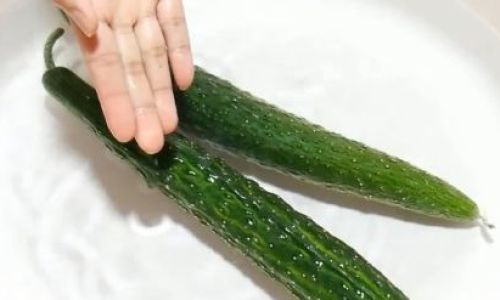
- Solution: Mix 1 part white vinegar with 3 parts water. Add a pinch of salt for crispness.
- Process: Soak slices for 5–10 minutes, then drain and pat dry. Store in an airtight container for up to a week.
- Flavor Boosts: Add herbs (mint, basil) or spices (peppercorns, chili flakes) to the soak.
Vacuum Sealing: Eliminating Oxygen Exposure
Vacuum sealing removes air, slowing spoilage and freezer burn.
- Equipment: Use a vacuum sealer machine and compatible bags.
- Whole Cucumbers: Seal unwashed cucumbers directly. Refrigerate for 2–3 weeks or freeze for 6–8 months.
- Sliced Cucumbers: Blanch slices before sealing to maintain texture. Vacuum-sealed slices last 1–2 weeks in the fridge.
Olive Oil Submersion: A Mediterranean Approach
Submerging cucumbers in olive oil creates an anaerobic environment, inhibiting bacteria.
- Preparation: Slice cucumbers and pack tightly into jars. Cover with olive oil, ensuring no air pockets.
- Storage: Refrigerate for up to 2 weeks. Use oil-infused cucumbers in salads or antipasti.
- Caution: Oil can mask spoilage; inspect for off-odors before use.
Alcohol Preservation: Infused Cucumbers for Cocktails
High-proof alcohol like vodka preserves cucumbers while imparting flavor.
- Method: Layer cucumber slices in a jar with vodka or gin. Seal and refrigerate for 1–2 weeks.
- Usage: Strain cucumbers for cocktails or use the alcohol as a tincture in drinks.
Relishes and Chutneys: Transforming Cucumbers
Cooking cucumbers into relishes or chutneys concentrates flavor and extends shelf life.
- Recipe Example: Combine diced cucumbers, onions, sugar, vinegar, and spices. Simmer until thickened.
- Canning: Process in a water bath for 10–15 minutes. Shelf-stable jars last 1–2 years.
Tips for Selecting and Storing Fresh Cucumbers
- Choose Wisely: Select firm, unblemished cucumbers with vibrant green skin. Avoid those with soft spots or shriveled ends.
- Avoid Premature Washing: Moisture accelerates decay. Rinse cucumbers just before use.
- Countertop Storage: If consuming within a day, store cucumbers in a cool, dark place away from sunlight.
Signs of Spoilage to Watch For
- Texture Changes: Soft, mushy spots indicate bacterial growth.
- Odor: A sour or fermented smell signals spoilage.
- Discoloration: Dark patches or sliminess mean the cucumber is past its prime.
Environmental and Economic Considerations
Preserving cucumbers reduces food waste and carbon footprints. Canned or fermented cucumbers eliminate the need for refrigeration during storage, saving energy. Additionally, home preservation cuts reliance on store-bought products, which often contain preservatives and excess packaging.
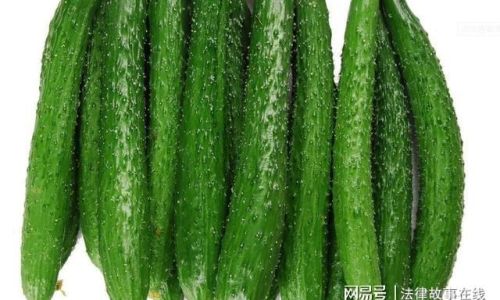
Conclusion
Preserving cucumbers is both an art and a science, offering a gateway to culinary creativity and sustainability. Whether you prefer the tang of fermented pickles, the convenience of frozen slices, or the crunch of dehydrated chips, each method ensures that this versatile vegetable remains a kitchen staple. Experiment with combinations of techniques—ferment some, freeze others, and can a batch for gifts. By mastering these methods, you’ll never let a cucumber go to waste again.
Final Word: The key to successful preservation lies in understanding the interplay of temperature, acidity, and moisture. Start small, document your experiments, and adjust recipes to suit your taste. Before long, you’ll curate a pantry of cucumbers that taste as fresh as the day they were harvested.



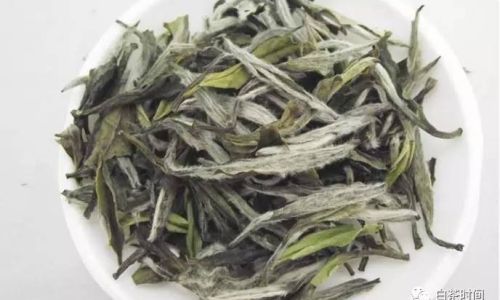
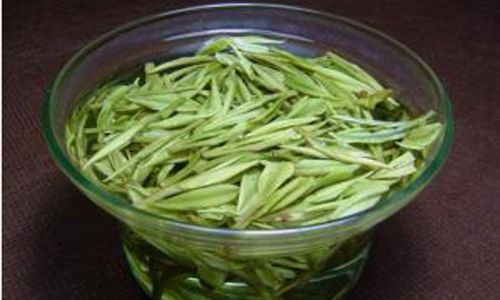
0 comments